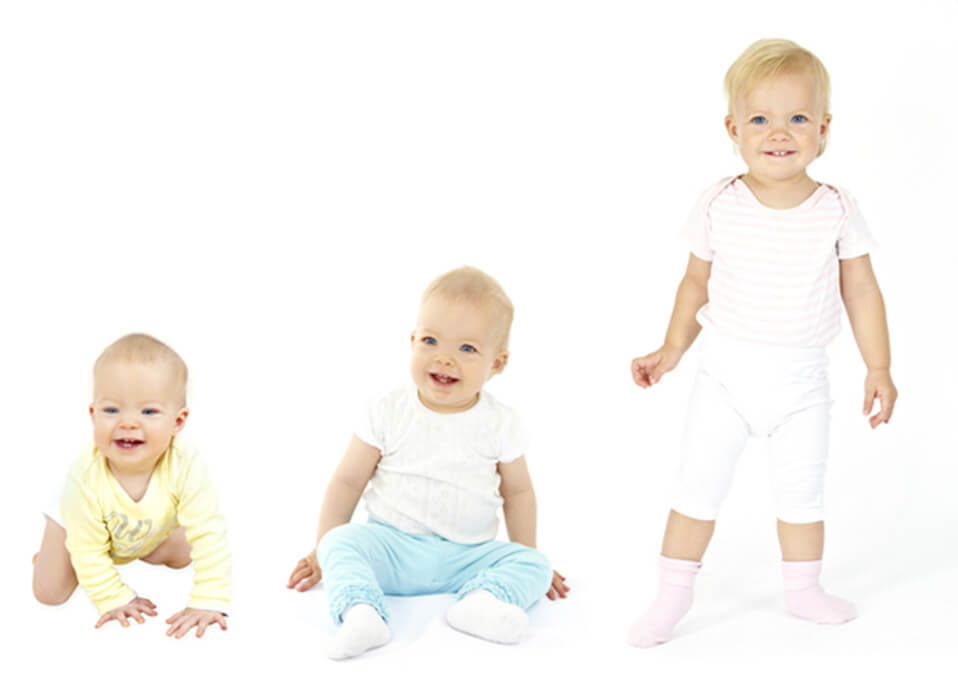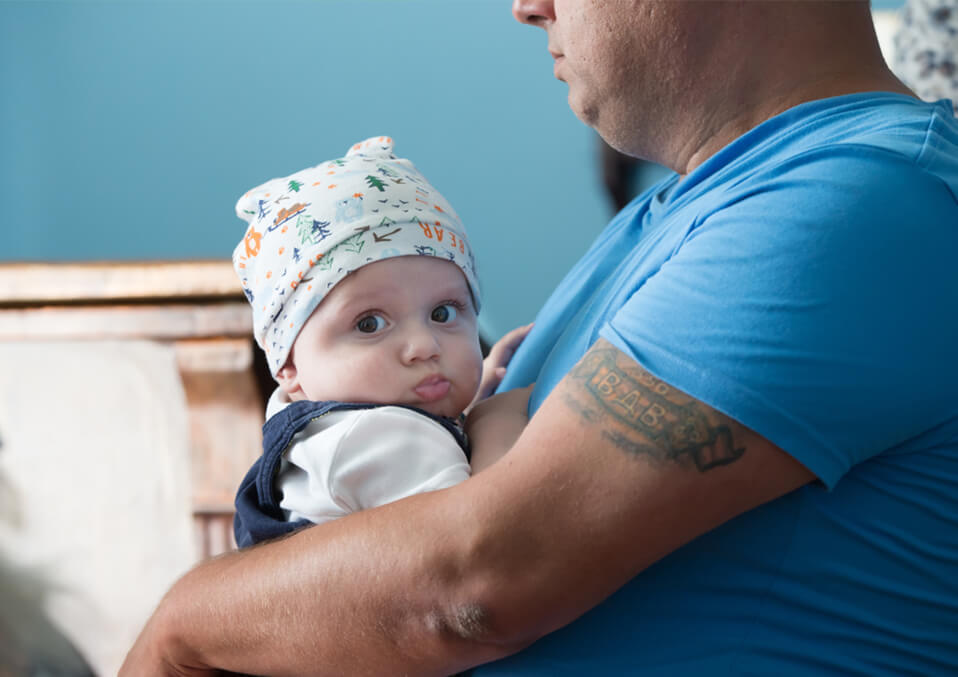
Body development refers to higher levels, weight, and other changes in the body that develop as children age. Hair grows, teeth go in, come out again, and puberty hits finally. Everything is a component of the maturity process.
When your child starts kindergarten, you will see a broader range of physical features among his peers. Genetic and behavioral variations are becoming evident. Many children reach early puberty before eight years of age, which results in further improvements. Characteristics like height, weight, and architecture make it harder to recognize a “typical” baby of school age.
The standard growth rate of babies

The first year of life is a time of immense improvement in the size and threefold weights of infants, on average, 10 inches (25 centimeters) tall. Considering the development now happening, new parents may be shocked when their baby does not grow as quickly after the first year. But no child carries on the pace of childhood development. At age 1, the length of a baby’s growth slows quite a bit.
Until age 2, height growth continues at a relatively steady rate of approximately 21⁄2 cm (6 centimeters) a year to puberty. Nevertheless, no child grows at a perfectly constant rate during this childhood time. In most boys, weeks, or months of slightly slower development contrast with brief “growth spurts,” Children are actually growing a little faster in spring than at other times of the year!
A significant growth rate happens in adolescence, typically between the age of 8 to 13 in girls and the age of 10 to 15 in children. The period of puberty is about 2 to 5 years. This spurt of maturity is associated with sexual evolution, which involves the appearance of pubic and underarm hair, sex organs, and the commencement of menstruation in women. As girls approach age 15 or boys to attain age 16 and 17, puberty progress has stopped for the most part, and they are presently adults.
Essential things you should know

Children vary in childhood growth and development. And like older people, countless kids are more towering or shorter. In particular, women have experienced puberty before men, although some girls may be straggling behind their peers by breast enlargement or in the middle. Typically, all this is subjective.
Attempt not to equate development between siblings or other children. For example, drawing attention to height makes children feel self-aware of their height. Encourage your children to embrace their development and growth. Studies explain that some kids flourish and develop at distinct rates and late bloomers typically finally catch up.
Children have many anxieties about maturity, how their teeth fall into unmanageable or awkward dilemmas, such as breast development or over sweating. Answer questions frankly and even start conversations on development to help children appreciate the many changes they face. It helps them to endure the modifications.
If you are unfamiliar with addressing these issues, your children may feel that the improvements that they face are sometimes disgraceful and may be less likely to raise their questions.
You can benefit by promoting the self-esteem of your child. For example, it could be difficult for a little boy to join a soccer team. Nonetheless, focusing on options such as soccer and tennis can allow him to feel better for himself and what he can do. Try to understand the thoughts of your baby and keep the communication lines open.
Another way to improve the attitude of your baby is to encourage events that do not rely on weight or height. There are unique attributes and abilities to be proud of, such as musical talents or love for literature.
What will my baby look like when older?

There are several factors that can affect your child’s appearance once he or she grows up. Here are some of them:
• Height of father
A kid will inherit something from his dad’s height. Parenting magazine reports that the higher men probably have larger children, but vice versa for the shorter-sided men. However, there is evidence that the age of the father in childbirth can also play a role in the height of his children.
• Dimples
Dominant characteristics are inherited characteristics which are spread more often than other genetic traits. Settings such as hair and eye color can be included. For example, dark hair is more common than light hair, one explanation being that redheads are so uncommon.
Dimples are an example of a dominant attribute. Dimples are tiny, usually around the eyes, depressions on the body. For young children, most people find them extra cute. So if one parent has this function, their offspring will inherit it more than likely.
• Earlobes
Unattached earlobes are a genetically inherited form of earlobe because they are a dominant gene. They’re called unattached when they’re not connected to the head lobe. So if one or both parents have this feature, their offspring will likely inherit it too.
Not all love unattached earlobes. Many people find attached earlobes more appealing and then perform examinations to see if they were born with unattached earlobes. Otherwise, there is no reason why people want to fix such a function.
• Mom’s hair
Just as baldness occurs through the mother’s side, skin structure and color are usually passed along. While babies can still inherit hair from their dad’s genes, they are more likely than their mom to get locks.
It is said to dominate other hair types and colors. Just because specific findings indicate that the mother’s hair is passed on more likely does not mean that it’s a promise. Of course, if dad has dark characteristics and dark hair, he would probably share similar characteristics.
• Eyebrows
Eyebrows are another external trait that your parents inherit. Genome suggests that you can learn a lot about your brows when your parents mature. When you turn grey early, thin and light, and even the geometric form is predictive if the eyebrows of your children will fleek or not in the future.
Many brow forms and textures dominate more than others. High, bushy eyebrows appear to be more genetic, and if you have one or two of your relatives, you would typically walk away with full brows.
Read also:
- Child Drinking Too Much Milk: Is it Risky or Safe?
- How Physical Activities Improve Your Child’s Mental Health?
- Major Effects of Parenting Styles on Children’s Behavior and Development


